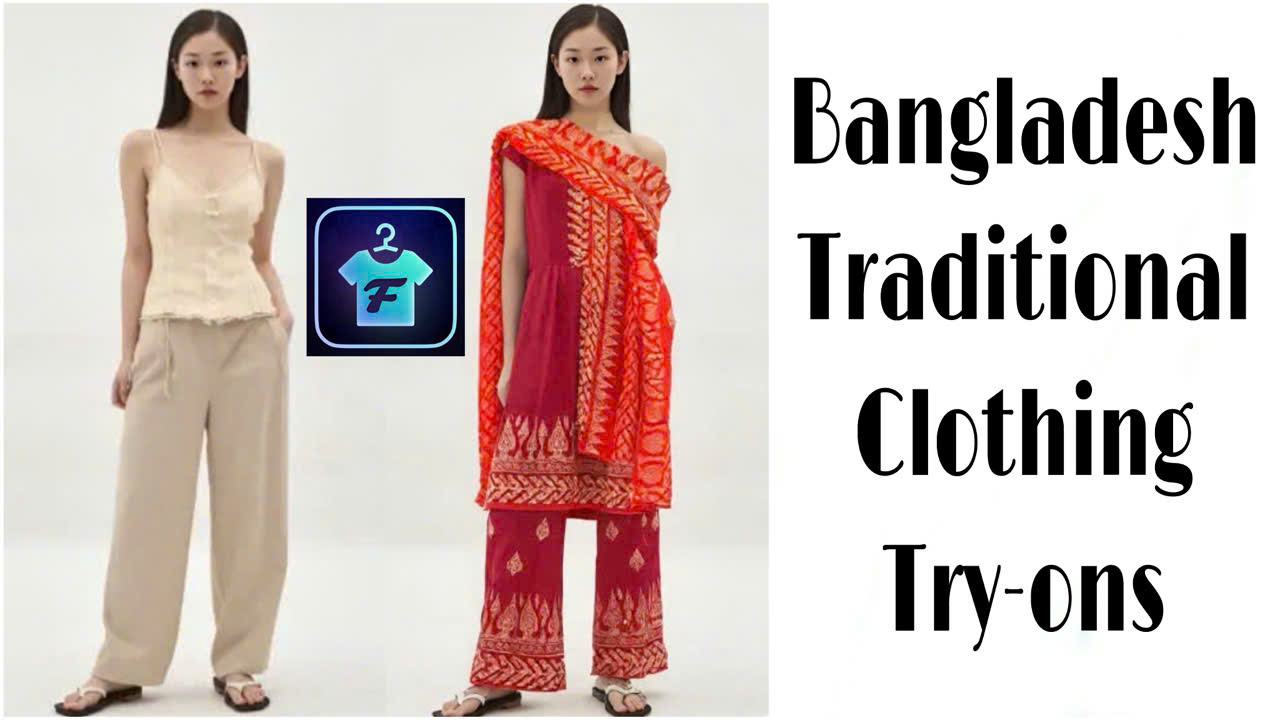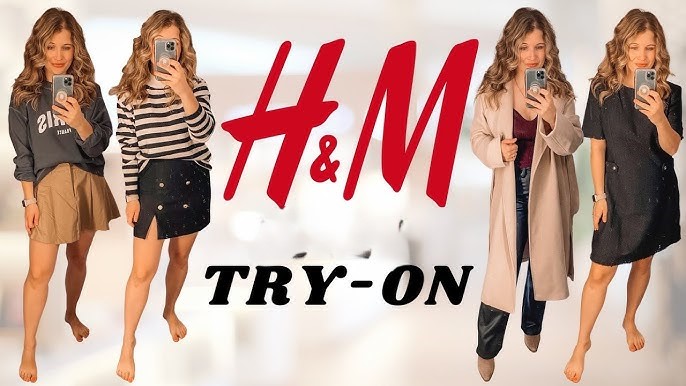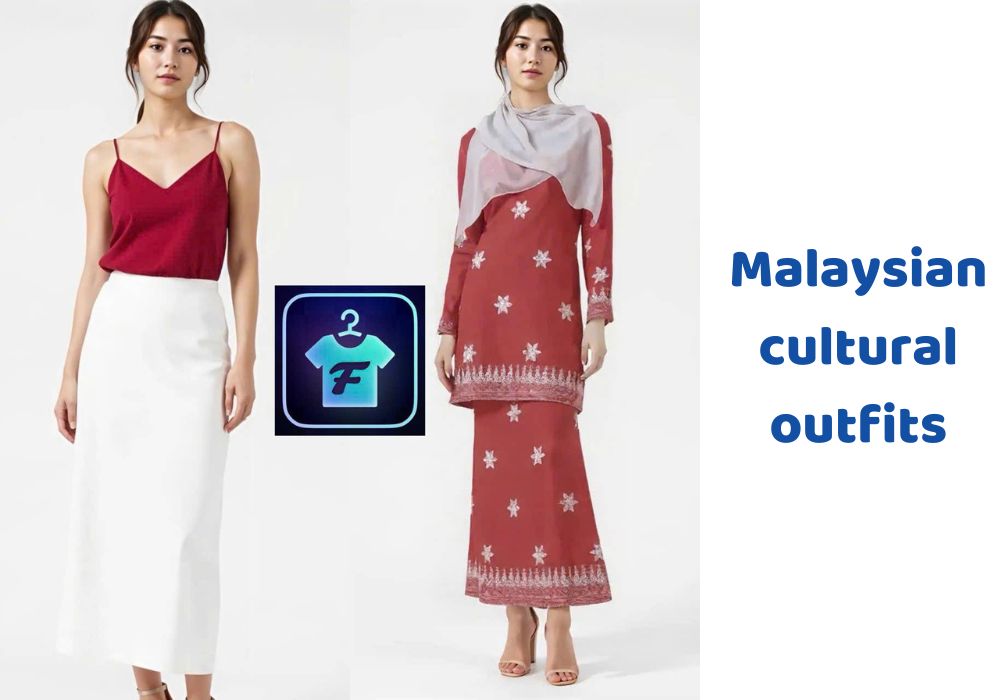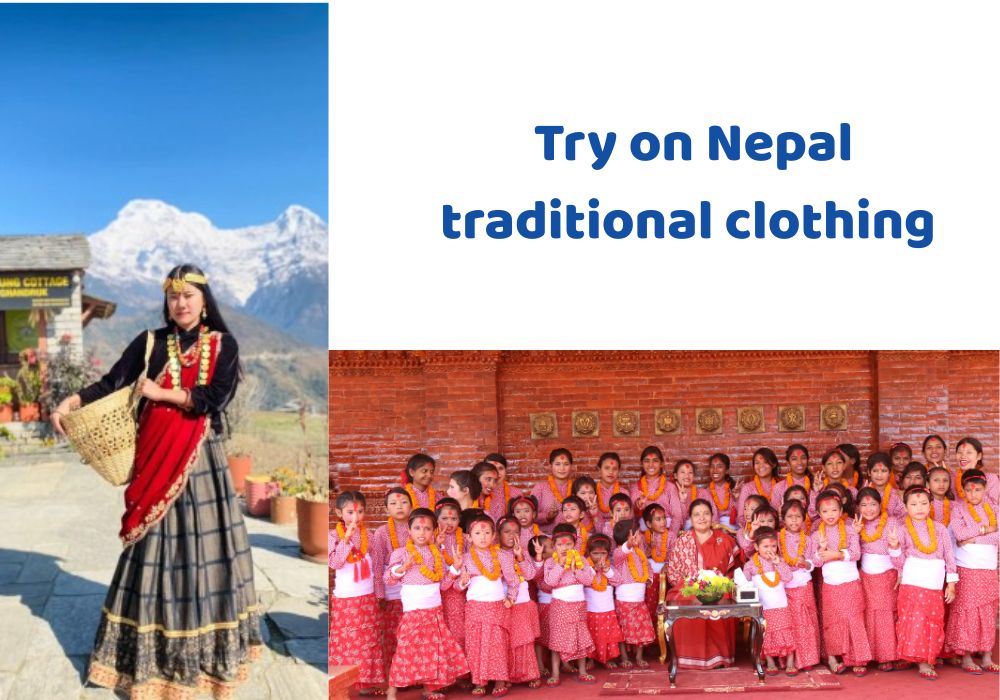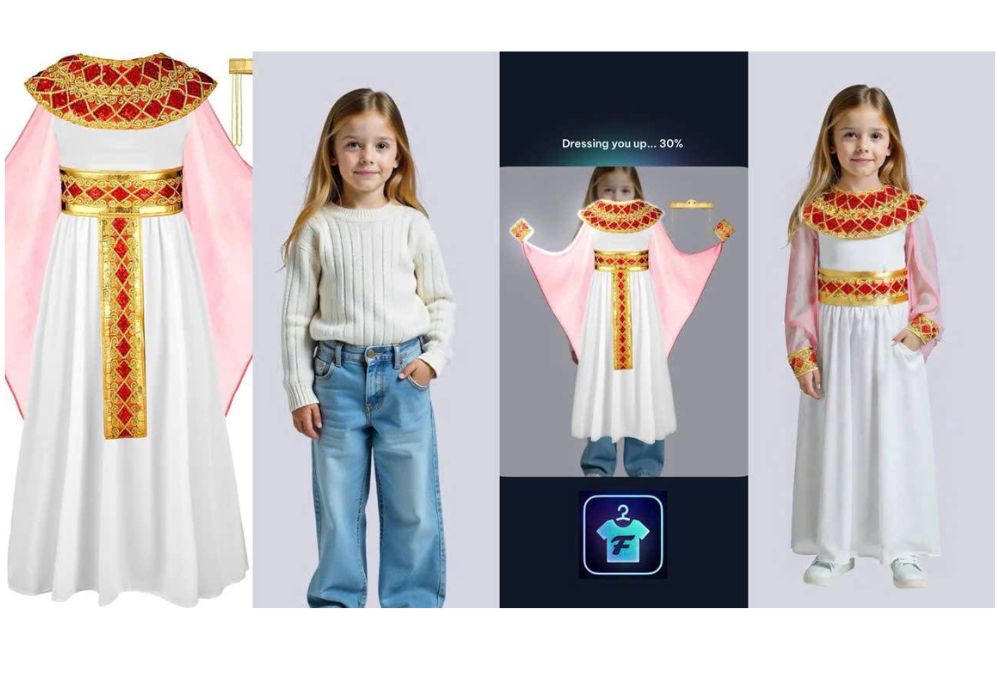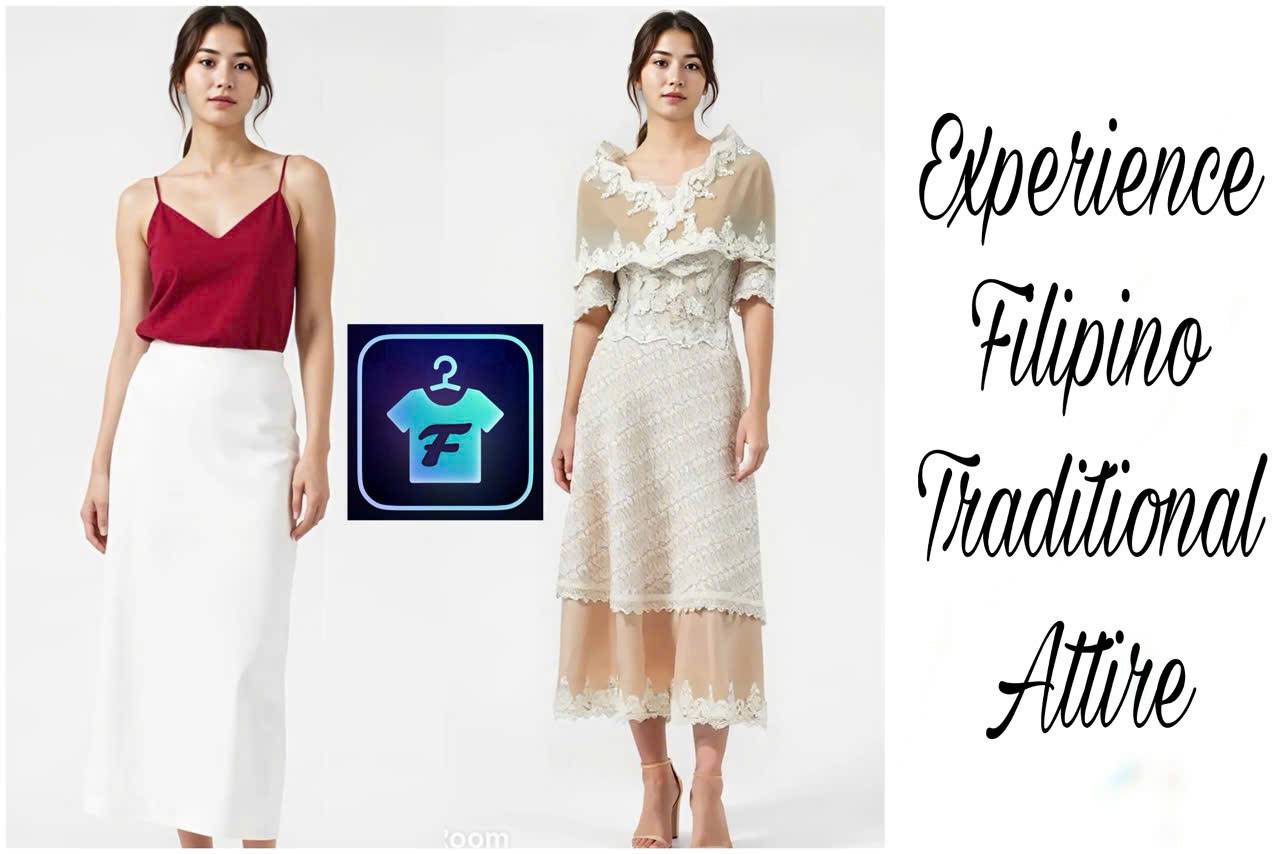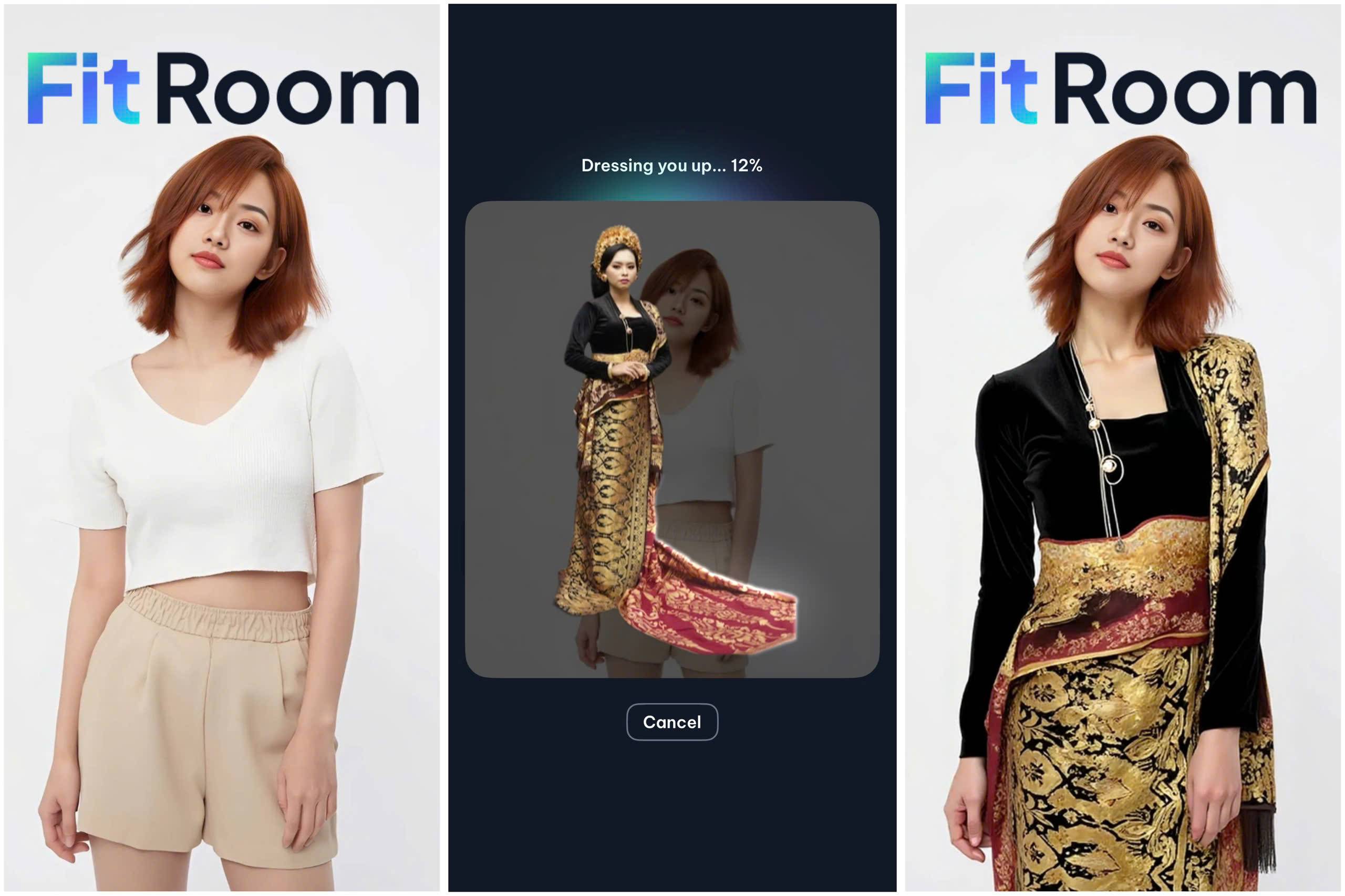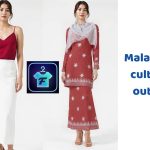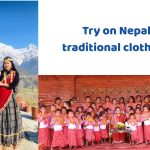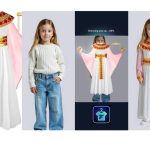Imagine strolling through the colorful streets of Dhaka during a festival. The scent of spices in the air, music echoing from every corner, and around you – people dressed in the most vibrant, graceful garments you’ve ever seen. That’s the magic of traditional Bangladeshi clothing. It’s not just about fashion; it’s about identity, celebration, and culture stitched into every fold.
Thanks to virtual try-on technology like Fitroom, you can experience the beauty of Bangladeshi attire without leaving your room. Let’s dive into the threads of tradition together.
Woven in time: The story behind Bangladesh’s traditional clothing
The tradition goes back thousands of years, with early evidence of cotton weaving in Bengal dating as far back as the 1st millennium BCE. During the Mughal era, Bengal became world-famous for its muslin – a fine, handwoven cotton fabric so delicate it was called “woven air.” Muslin from Dhaka was a prized luxury across the royal courts of Europe and Asia. Although colonial exploitation led to the decline of the muslin industry, the weaving heritage lived on through local artisans and regional styles.
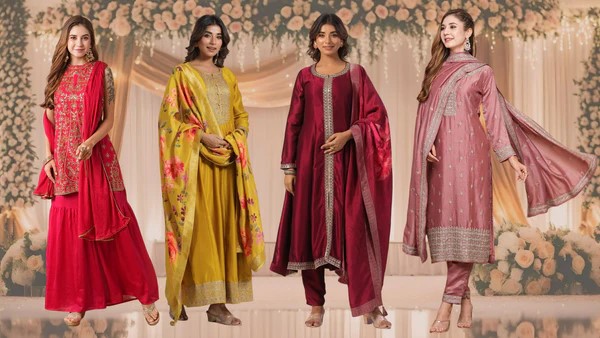
Today, this legacy continues through beloved garments like the saree for women and the panjabi or lungi for men. These outfits aren’t just worn during festivals or weddings, they’re cherished as symbols of identity, grace, and continuity. The Jamdani saree, in particular, remains a national treasure, known for its intricate, handwoven patterns and historical roots stretching back to the Mughal period.
Bangladeshi traditional clothing beautifully balances elegance with comfort, offering breathable designs suited to the country’s tropical climate while embracing rich colors, textures, and stories.
You may be interested in:
- Indonesian Traditional Attire
- Korean Traditional Clothing
A closer look at Bangladeshi traditional outfits
Traditional clothing in Bangladesh is more than just a fashion choice; it’s a living legacy passed down through centuries of culture, craftsmanship, and resilience.
Bangladesh traditional clothes for women: Grace, color, and timeless heritage
- Saree
For women, the saree is the most iconic traditional garment. Worn with grace and pride, a Bangladeshi saree typically features rich fabrics like silk or cotton, adorned with hand-woven motifs or vibrant prints. It’s a long, unstitched piece of cloth (usually 5-9 yards) draped elegantly around the body, often paired with a fitted blouse and petticoat.
The Jamdani saree (handwoven with floral motifs), recognized by UNESCO as a Masterpiece of the Intangible Cultural Heritage of Humanity, is especially revered.
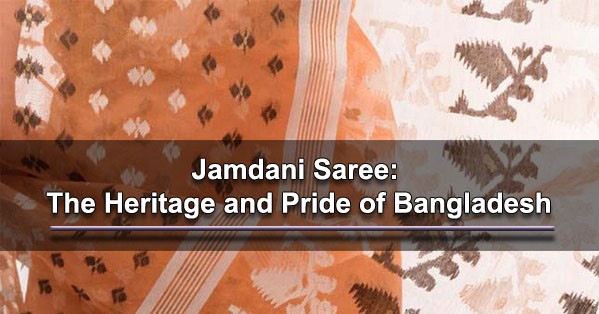
- Salwar Kameez
Popular for daily wear, the salwar kameez includes a tunic (kameez), trousers (salwar), and a scarf (orna or dupatta). This outfit is appreciated for its comfort and modesty, making it a go-to choice for school, work, or casual gatherings.
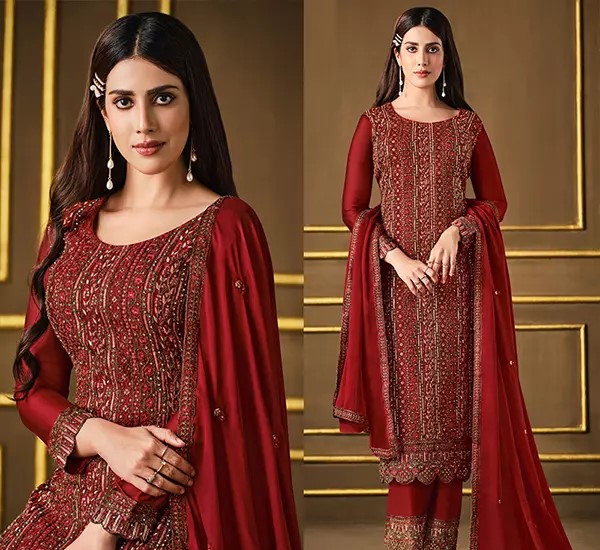
- Lehenga Choli
Reserved for grand occasions like weddings, the lehenga is a flared skirt paired with a crop top-style choli and a decorative dupatta. Though it has North Indian roots, this style is beloved in Bangladesh for bridal wear and formal events.
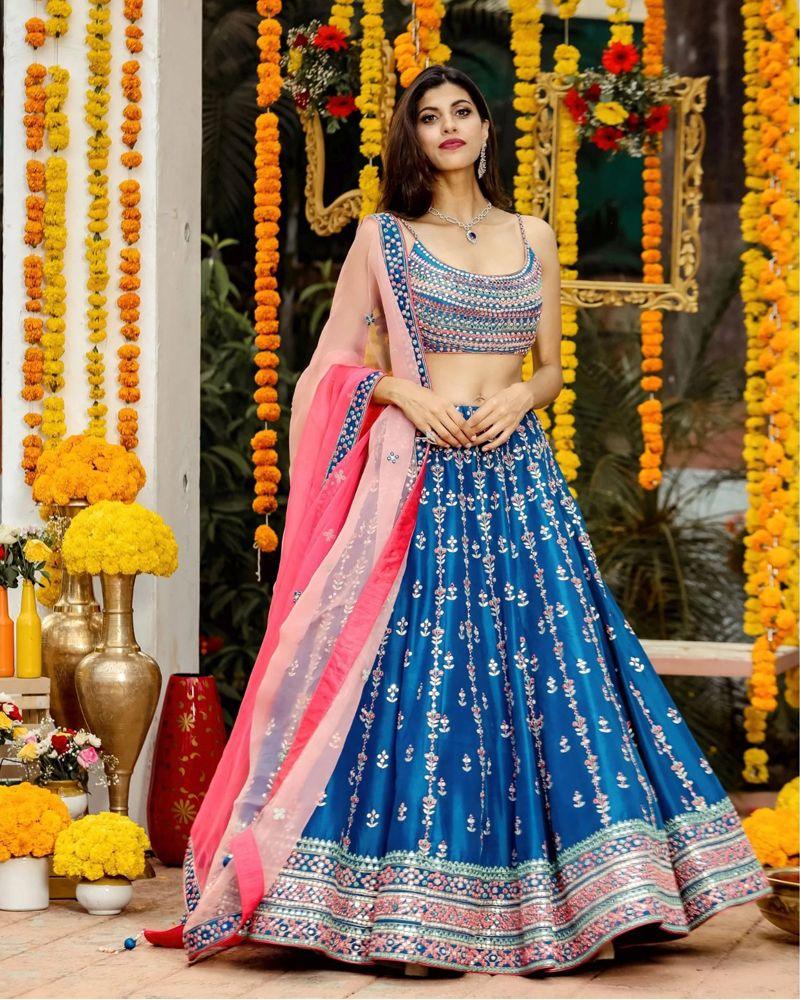
- Orna/Dupatta
Often worn over the shoulders with sarees and salwar kameez, the orna/dupatta isn’t just decorative; it represents modesty and femininity in Bangladeshi culture.
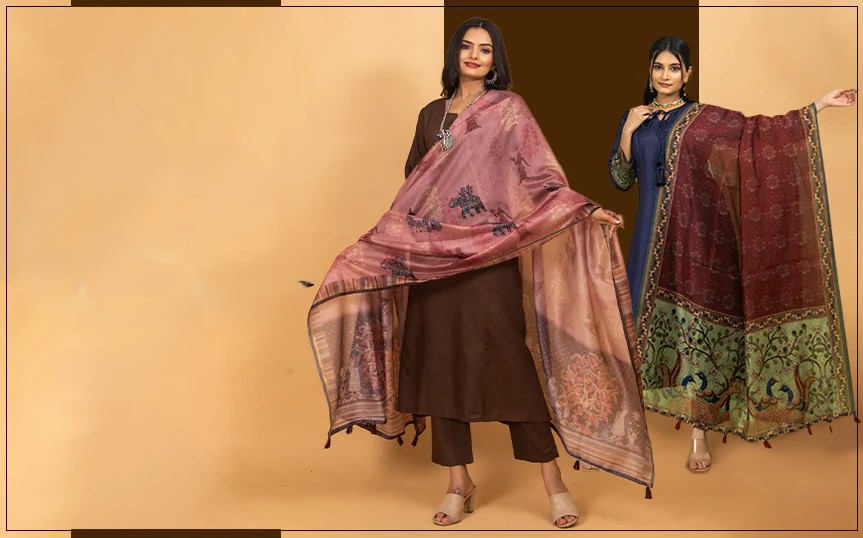
Bangladesh traditional clothes for men: Simplicity with elegance
- Panjabi and panjama
Also known as a kurta in other parts of South Asia, the panjabi is a long tunic worn over trousers. It’s the most common festive wear for men, especially during Eid, weddings, or national holidays. It can be plain cotton for casual events or embroidered silk for formal occasions.
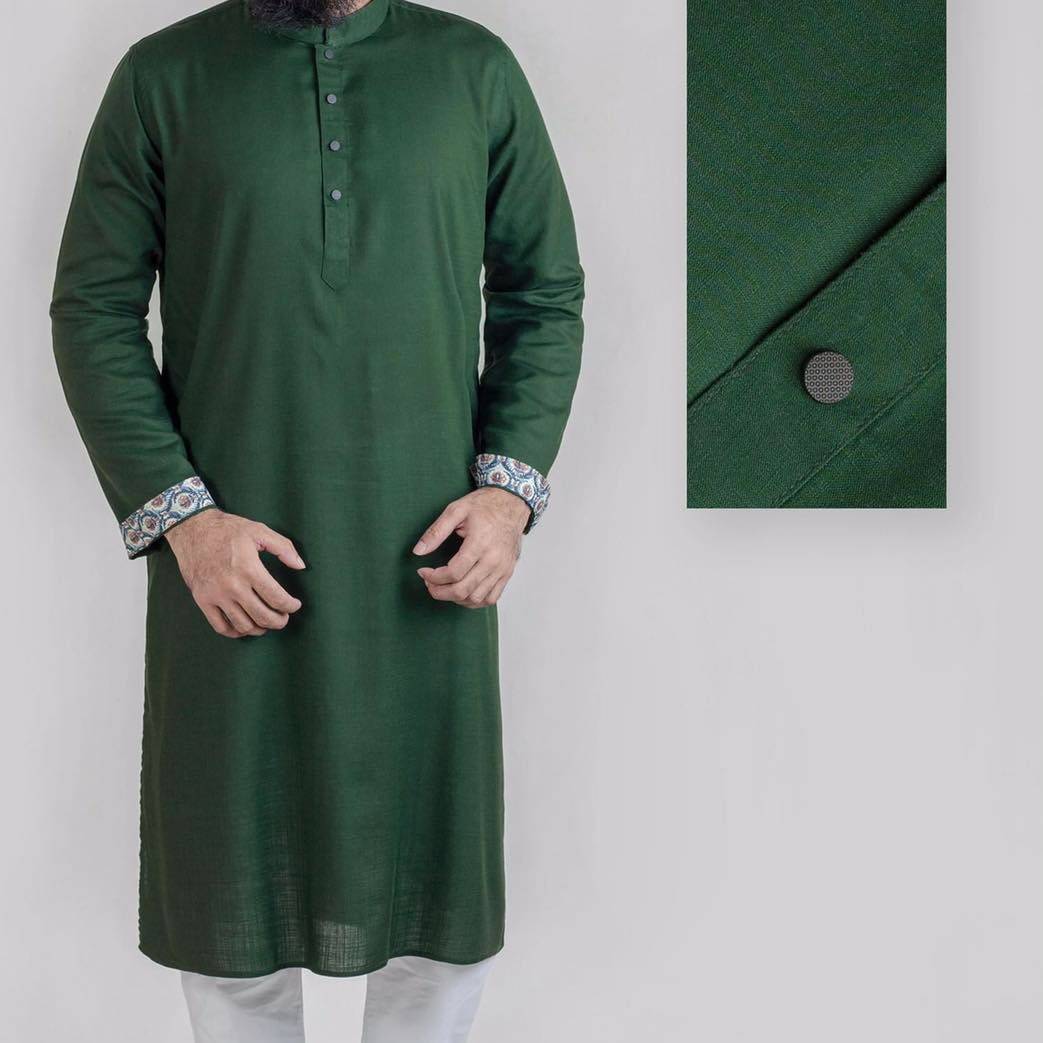
Pajama and Salwar are lightweight trousers worn with a panjabi. While pajama tends to be tighter at the ankle, salwar is looser and gathered at the waist and ankle.
- Lungi
A wraparound lower garment, the lungi is an everyday staple for men, especially in rural areas. It’s comfortable, breathable, and often made in bright, checkered patterns. While informal, it holds a strong cultural identity.
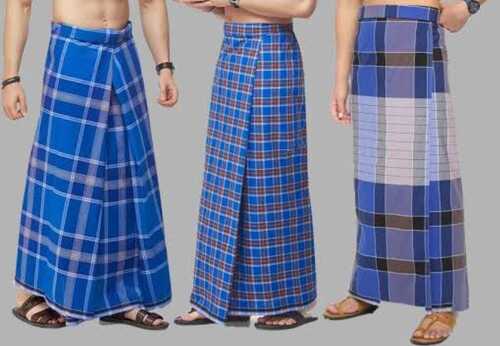
- Sherwani
A formal and structured coat-like garment worn over a kurta, usually during weddings or state functions. It’s typically embroidered and paired with a turban or scarf for a regal look.
Bangladeshi clothing beautifully blends tradition and modern comfort. Whether it’s the ornate sarees worn during weddings or the soft cotton panjabis for daily prayers, each piece carries heritage stitched into every seam.
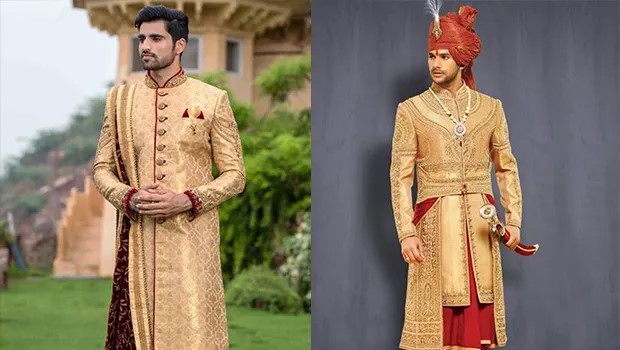
Experience Bangladeshi traditional clothes with Fitroom
Imagine standing in front of your mirror, curious how you’d look in a handwoven Jamdani saree or a regal sherwani. But you’re halfway across the world, or maybe you’re in Bangladesh itself, unsure how it would fit or suit you. That’s where Fitroom steps in – a magical tool that brings traditional fashion closer to your reality, no matter where you are.
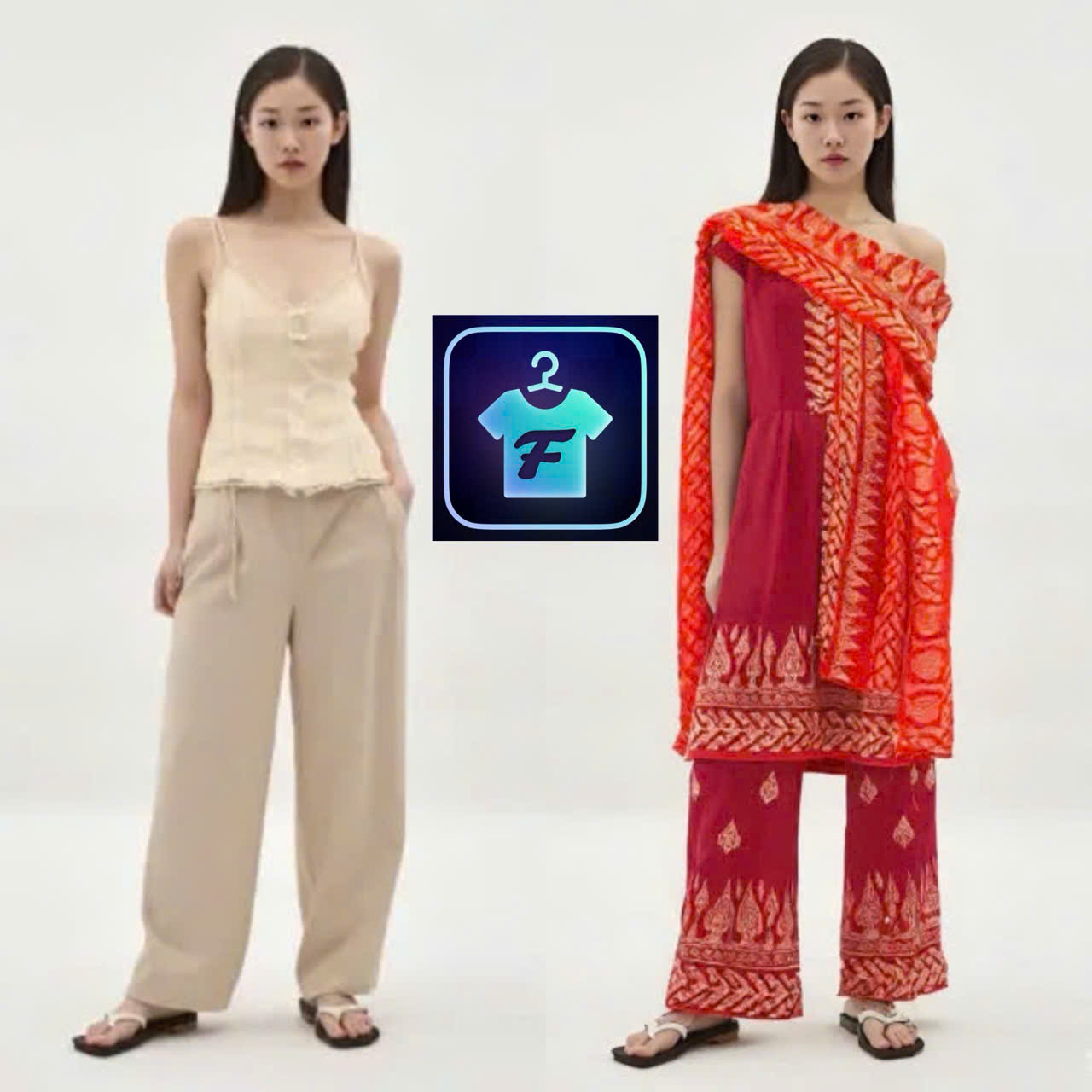
Fitroom offers two easy ways to try on Bangladeshi outfits virtually:
- Via its website: No need to download anything. Just upload a photo of yourself from your laptop or phone, choose any outfit photos you like, and instantly see how you look in a traditional dress.
- Through the mobile app: Perfect for high-quality, on-the-go try-ons, with clearer resolution and more styling flexibility.

How to try on a Bangladeshi traditional dress with Fitroom:
- Prepare your personal photo: Choose a portrait or a full-body photo of yourself. You should pick a well-lit and plain background photo for better results.
- Find Bangladeshi outfit images online: Browse Bangladeshi eCommerce sites or Instagram shops, then download or take a screenshot of the outfit you want to try. You can try searching online Bangladeshi stores like Arong, Bibiana, or DressUp Bangladesh for gorgeous outfit images. Most shops now have model photos with clear front views, perfect for Fitroom’s system.
- Visit the FitRoom website at https://fitroom.app/; Upload your outfit image and your photo. Let Fitroom generate a preview of you wearing the outfit in seconds.
- Preview and save your virtual look by clicking Save. You can easily share or keep for reference before purchasing
You don’t need any Photoshop skills, no cropping, no background removal. Simply find a photo of yourself (standing, full-body works best), upload it to Fitroom, and then upload an outfit photo – say, a beautiful saree you saw on an online shop or a screenshot of a wedding sherwani and let FitRoom AI do all the work.
From the elegance of a Jamdani saree to the dignity of a finely tailored panjabi, these garments speak volumes about the people and heritage of Bangladesh.
Thanks to technology like Fitroom, discovering and appreciating these cultural treasures has never been easier. Whether you’re a Bangladeshi reconnecting with your roots or someone from across the globe curious about South Asian attire, Fitroom offers a beautiful, effortless way to explore tradition virtually, yet meaningfully.
So go ahead – upload a photo, choose a stunning outfit, and let yourself step into the beauty of Bangladeshi tradition.


